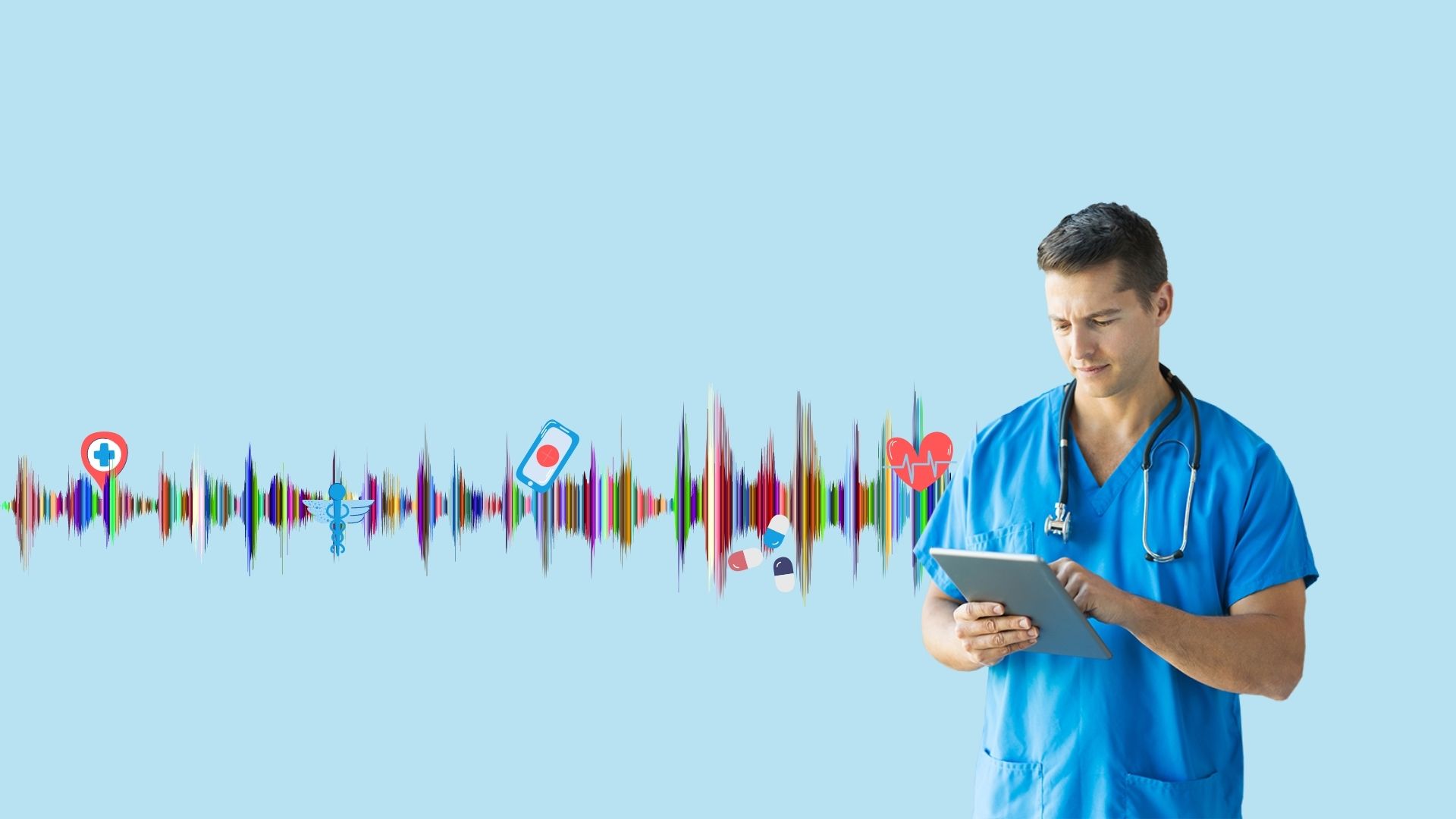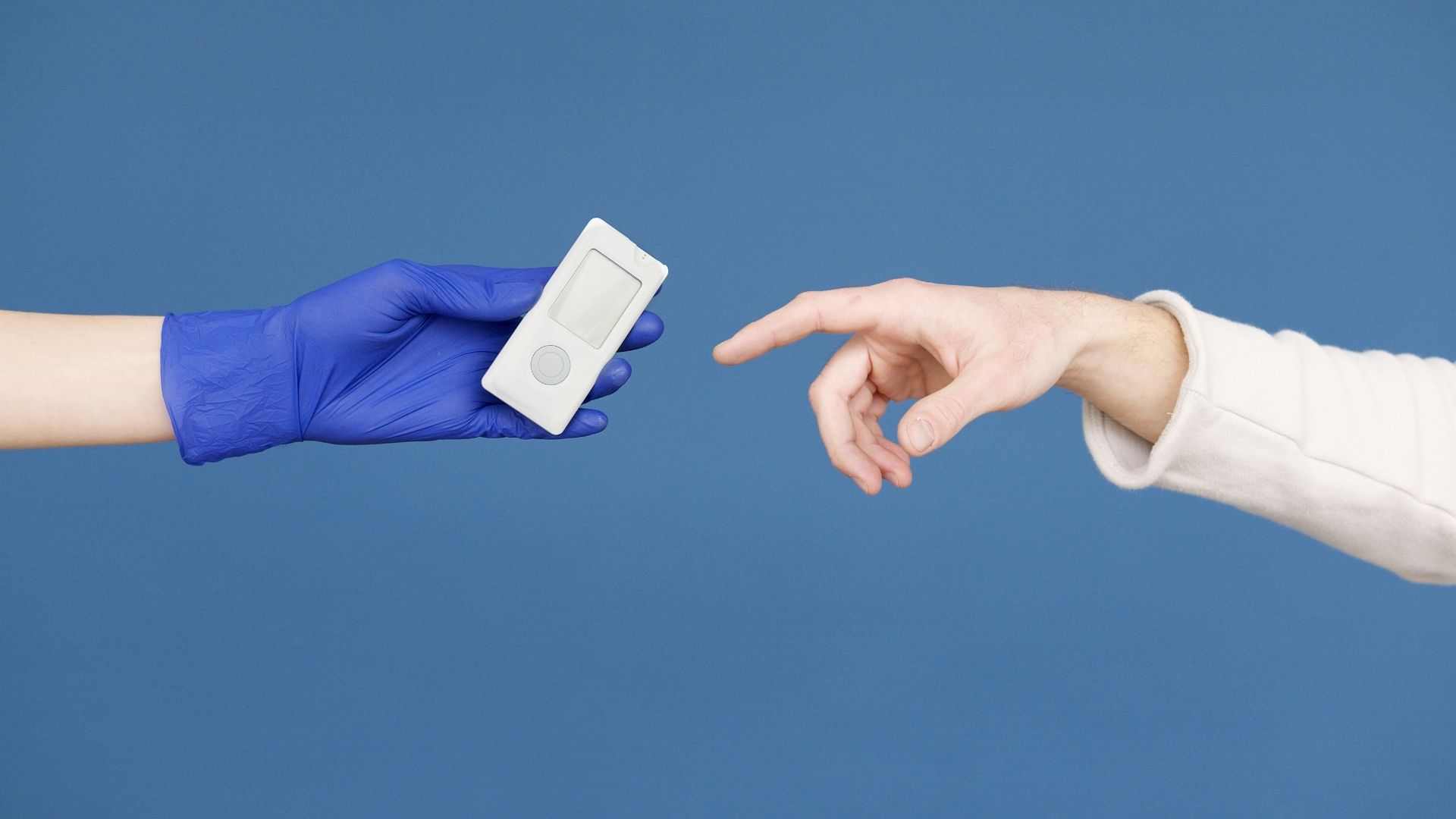Automation of any process reduces the percentage of errors that are a consequence of the human factor. Healthcare is a prime example of it, of course. Over the past 4 years, most European countries have tried to switch from paper to electronic prescribing and intercalate telemedicine. Both systems must be in persistent contact and well integrated on a technical level so that doctors receive precise info and grant timely patient care.
Developing high-quality resources for such a field requires a lot of effort and careful execution. Maximum data confidentiality and security are obligatory in the medical field, as is compliance with numerous regulations, which vary from country to country and sometimes even from state to state. We’ll take a look at the intricacies of e-prescriptions and telemedicine at the current time.
The Start of the E-prescription Era
The pioneers of the electronic prescription’s introduction all over the world were the Scandinavian countries. Interestingly, pilot projects of this kind appeared a few decades ago. Since then, they have constantly been improving. For example, in Sweden, the electronic prescription system is fully integrated with the e-health record (EHR) system, which covers all country residents. Its features include:
- Prescriptions issued by a doctor are transmitted via a foolproof link to the main server;
- They are retained for all of the period of validity (1 year) unless the physician has specified the shorter period;
- Patients don’t have access to the admission; only physician and pharmacists can look through e-prescriptions;
- The patient can simply buy the prescription — a person needs to visit any local drugstore and confirm the identity.
Other countries that use such a system are Finland, Germany, Norway, Belgium, the Netherlands, Iceland, and Greece. The first attempts to move the US healthcare system over to an electronic version began in the 2010s, when the system of e-prescribing of controlled substances began to operate.
The DEA has revised the old regulations and decided to allow doctors to use e-prescriptions for psychotropic and narcotic substances to reduce the level of forged scripts.
But there wasn’t enough awareness among the general population at that time. That is why the system’s large scale use only began in 2017-2018 when details on the service were widely spread through social media.
Telemedicine Development
Is it even possible to provide people with widely available e-prescriptions and transfer most physician visits online? Definitely! That is why many developers have been involved in the creation of diverse telemedicine (TM) software services.
There are several areas of telemedicine that are in high demand in today’s market:
- Telemedicine online-connection software. This TM most closely resembles a real visit to a physician, enabling two-sided communication. The specialist can check on the patient, inquire about the state of their health, and then prescribe an appropriate treatment. It requires interoperability across various devices to make such a visit possible: a web-camera, a phone, a computer audio system, chat facilities, etc.
- TM platforms for cards and records storage and passage in the medical sector. This is a fast method for sharing clinical information, producing a very accurate diagnosis, and receiving more effective health care delivery. It is associated with the transmission of digital medical files.
- Remote patients’ monitoring allows healthcare specialists to observe a patient’s state through a variety of medical devices. They can be wearable or installed at home to track the patient’s vital signs and receive more frequent updates on their condition. For example, visual tracking software is often paired with a variety of devices (pacemaker or blood sugar monitor).
- TM software integration. A key demand for a high-quality TM and telehealth app is its seamless integration with electronic medical cards, proper documentation of every visit, synchronization of insurance programs, etc.
- Integration with pharmaceuticals. Through telemedicine software, patients can gain access to many of the services offered by pharmacies. Thus, pharmacists can now consult a patient when they are purchasing drugs remotely. For example, when a patient has questions about interactions between a medicine and other drugs or food.
- Analyzing data in the medical sector. A final report by Frost & Sullivan forecasted that the share of medical data analysis could grow to at least 65% of the total health data bank. Massive analytics enable the processing and extraction of essential cases from the vast volumes of medical information.
However, there are a large number of TM and EPCS requirements that stakeholders need to consider in order to get the approval for using e-prescription.
Now we can move onto rules and requirements that telemedicine software needs to comply with.
Legislative Acts for E-prescriptions in TM Software
Gaining knowledge of the legal framework for medical services is essential. Whether medical services are to be delivered directly or with IT, compliance with regulations determines whether you can even provide your services and enter the market to begin with. Realizing the benefits of custom software requires general acceptability from all users. This is achieved through compliance with such legislative acts:
- HIPAA (Health Insurance Portability and Accountability Act) controls the confidentiality of medical data transmission both on electronic platforms and classic occasions.
- GDPR (General Data Protection Regulation) is a Europe-wide law on the privacy of electronic data. Its action applies to all technologies that somehow have access to the patient’s private info.
- USCDI (United States Core Data for Interoperability) is a doc governing the relationship between a patient and a medical organization that provides services.
- FHIR (Fast Healthcare Interoperability Resources) is a document that defines how information is exchanged through APIs (in medical applications).
Also, service providers are obligated to follow any local requirements, which differ depending on the country or state of application. For instance, you may additionally require to comply with CCPA (California Consumer Privacy Act) or Canadian PIPEDA (Personal Information Protection and Electronic Documents Act) in order to compete on these markets.
Breaking the Law (maybe without even knowing it): What Should Software Developers Watch Out For?
Quite often, software vendors unintentionally violate HIPAA. Incorrect data storage practices can cost organizations millions of dollars. A striking example is the startup UConn Health, which lost information of more than 300 thousand people due to a phishing attack. These were followed not only by large fines but also by class actions.
We have selected the top 5 common mistakes that directly violate the HIPAA rules:
- Deleting ePHI from a healthcare facility. If the application allows the physician to copy data to e-media, this software implementation is already incorrect. Some professionals prefer to work from home, but this practice is unacceptable and unsafe. The ability to move data to physical (paper copies) or digital (flash drive) media is a violation of the law.
- Incorrect ePHI access control. Medical professionals should have access only to the data they are using. It doesn’t matter at what level the data leak takes place; this is regarded as a developer’s fail. And developers are still to blame if a doctor was tricked into sharing ePHI data with outliers.
- Incorrect disposal of ePHI. HIPAA itself does not specify the exact storage period for medical records. Therefore, local restrictions come into effect. For example, Florida’s data protection law requires the information to be stored for 5-7 years after the patient’s last contact. Therefore, it is important to consider local laws during development to prevent violations.
- Inability to obtain information by patient’s request. According to the HIPAA rules, the clients can receive their data — radiography, laboratory tests, etc. Some developers allow doctors access only, but this doesn’t seem right. It is necessary to implement complete identity verification before issuing data, but denied patients access is just unacceptable.
- Unsecure ePHI at times when the specialist does not use the software. According to HIPAA data confidentiality rules, any storage media must be protected 24/7. Thus, the law makes no distinction between software and paper docs. Physician accounts should be equipped with passwords or a biometric verification system. Temporary inactivity (for example, 5-10 minutes) should cause an access closure and require re-entry of the code/biometrics.
If service providers avoid these mistakes during the development phase of their e-prescribing software, it will protect them from fines later on.
Successful Telemedicine Startups
So, the crucial problems of creating compliant TM software are closed. Now it is worth recalling some successful startups in this field:
- Teladok is one of the primary companies to provide medical services in various areas (pediatrics, dermatology, psychiatry, sexology, and non-emergency medicine).
- iCliniq. Here you can get a doctor’s consultation by phone or video call, as well as a message. The service offers more than 3,000 specialists in more than 80 areas. Advantage: the first call is free.
- American Well (Amwell). In addition to standard medical referrals, patients can receive nutritional assistance and video therapy services. Conveniently, the software allows you to download applications for Android and iPhone.
- MEDvidi (full disclosure, Smart IT is responsible for the development of this one) is another top-level licensed TM service. The system’s main areas are first aid, allergology, psychiatry, dermatology, body and wellness. Patients can get help for more than 200 diseases (including chronic ones).
Other startups have unique features. For example, Doctor on Demand software permits you to add a physician to your favorites and select him for subsequent visits.
It is out of question that COVID19 has expedited the development of telemedicine. The coronavirus pandemic sparked an additional leap in the creation of the software. All social contacts, including doctor’s visits, should be limited as much as possible, so telemedicine has become more in demand than ever.
Thus, we can expect more and more healthcare providers transitioning to electronic prescriptions and TM services provision. This is clear because the paper prescription vs. electronic battle has been lost. Paper documents are much less accurate and can get lost, torn, or fall into the wrong hands. It will be possible to improve the work of medical personnel since the software will allow them to improve overall productivity and provide better patient care.
01 April 2021

 Anton Radion
Anton Radion




